Copyright 2016 by Nate S. Jaros
All rights reserved. This book or parts thereof may not be reproduced in any form, stored in any retrieval system, or transmitted in any form by any meanselectronic, mechanical, photocopy, recording, or otherwisewithout prior written permission of the publisher, or author except as provided by United States of America copyright law.
First Printing 2016
ISBN 978-1-4835746-3-9
Disclaimer:
This book is not meant as a substitute for the individual judgment of the pilot in command. There is no one guide or answer to any given engine out scenario. Remember, you are the pilot in command.
Fly Safe!
Table of Contents
List of Illustrations
About the Author
Nate Buster Jaros is a retired USAF fighter pilot with over 2,000 hours in F-16 C/D/CM and T-38A/C aircraft and over 500 hours in General Aviation aircraft. He is currently a Test Pilot and Instructor Pilot with Lockheed Martin Skunkworks. He has a Bachelor of Science degree as well as a Master of Business Administration and owns, operates, and maintains a 1969 V-tail Bonanza. Buster currently resides in Las Vegas, Nevada and is a long-time member of the Aircraft Owners and Pilots Association as well as the American Bonanza Society. You can view his webpage at: http://engineout.weebly.com
Foreword
Think back to the training you had on engine failures. You were probably flying along at cruise speed at altitude when your instructor reached up, pulled the throttle to idle and announced you have an engine failure. Your objective was to establish Best Glide speed, pick a field or other emergency landing site, and maneuver the airplane to be in a position to land at your selected spot. When you got within 500 feet of the ground you executed a go-around. If you had a particularly enthusiastic instructor he or she may have pulled the throttle to idle while you were on downwind in the traffic pattern, and you glided to a landing on the runway.
On your Practical Test (checkride) the examiner was required only to ensure you:
1.Exhibit satisfactory knowledge of the elements related to emergency approach and landing procedures.
2.Analyze the situation and select an appropriate course of action.
3.Establish and maintain the recommended best-glide airspeed, 10 knots.
4.Select a suitable landing area.
5.Plan and follow a flight pattern to the selected landing area considering altitude, wind, terrain and obstructions.
6.Prepare for landing or go-around as specified by the examiner.
7.Follow the appropriate checklist.
From the FAA Practical Test Standards, Private Pilot Airplane Single Engine
The FAA provides virtually no guidance on landing site selection, glidepath management, or the transition from glide to landing without power or speed to flare and touchdown. Item 7 on the Practical Test Standards (PTS) checklist perhaps suggests the pilot candidate attempts to troubleshoot and possibly restart the engine, but it does not overtly require it; the follow-on task, Systems and Equipment Malfunctions, includes partial or complete power loss, engine roughness or overheat, carburetor or induction icing, loss oil pressure and fuel starvation on a list of 14 simulated emergencies on which a candidate may be evaluated, but the examiner need only evaluate three of the 14.
Sure, a flight instructor needs to prepare the pilot candidate to handle any of these items. But the reality is that there often is not a lot of emphasis on anything other than the dead engine, glide to a field approach in General Aviation flight instruction and evaluation.
Does this alone really prepare pilots to survive engine failures in single-engine airplanes?
Nate Jaros, a U.S. Air Force fighter pilot and avid general aviation pilot, doesnt think so. He observes that engine loss training, as well as the level of understanding for a majority of [General Aviation] pilots and CFIs, is severely lacking. Surprised with this realization upon leaving the Air Force and entering the world of personal aviation, Jaros struck out to create a fighter pilots view of engine-out training among General Aviation pilots and instructors.
So what is the fighter pilots view? Jaros explains precise techniques for establishing and maintaining aircraft control in an engine-out glide. He introduces General Aviation pilots to the USAF concept of Critical Action Procedures (CAPs), the bold print steps of emergency checklists that pilots must commit to memory and practice because there isnt time to reference the printed checklist when the need for executing CAPs arises. Using insider pilot speak and drawing on his military experience as well as test-flying his Beechcraft Bonanza, he addresses specific techniques for optimizing glide and ground path with changes in airplane weight, wind and airplane configuration. Jaros presents a thorough explanation of energy management as it relates to glide angle and path. He provides tips for deriving CAPs from the Pilots Operating Handbook emergency checklists since most light airplane procedures do not highlight the critical memory steps, prioritizing those steps based on the real-world causes of recoverable engine failures.
Applying his extensive fighter pilot experience to handing engine failures in General Aviation airplanes, Jaros explores numerous considerations not often developed in pilot training or instructional manuals, including:

Effects of various propeller speeds on glide performance

Emphasis on attempting to restart a failed engine for as long as the attempt makes sense

Techniques for the engine-out flare

The gear up or gear down question about off-airport landings

Dealing with engine failure while in Instrument Meteorological Conditions
Jaros concludes his book with a section on engine-out training and practice basics. He suggests various techniques he has tested for safely simulating engine-out glides.
As Jaros notes, when faced with surviving an engine failure in a single-engine airplane it all boils down to you and your currency on engine-out and engine restart procedures. Engine Out Survival Tactics: Fighter Pilot Tactics for General Aviation Engine Loss Emergencies will give you the tools you need to design a training regimen to develop and maintain critical engine failure survival skills.
Thomas P. Turner Executive Director, American Bonanza Society Air Safety Foundation
Preface
"I learned the discipline of flying in order to have the freedom of flight.Discipline prevents crashes."
- Captain John Cook, British Airways, Concorde Pilot
General Aviation (GA) aircraft accidents kill hundreds of people every year. These crashes and fatalities have always been a source of much discussion, and a source of much study. Amidst all of the statistic and analysis, engine power loss and mechanical failure mishaps continue to be a leading cause of fatal accidents in General Aviation. In fact, engine loss accidents are the number one cause of crashes not later deemed as pilot error.
How can we better prepare pilots for these types of failures, the types of failures that are out of their control and in which no one can see coming? With this book, and some training, I aim to help you become a more informed and safer pilot. You will be armed with the tactics to defeat the engine loss situation in your single engine aircraft, and survive.

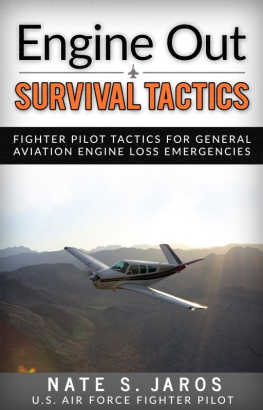

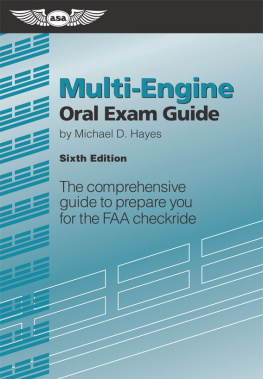
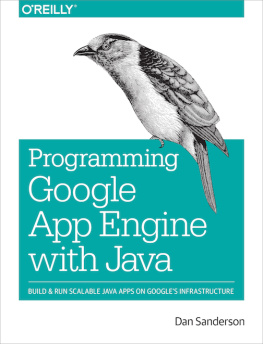

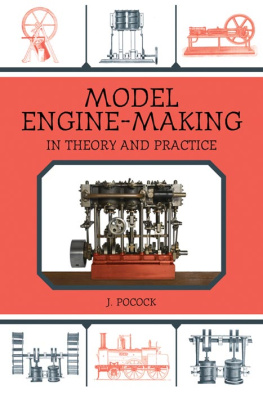

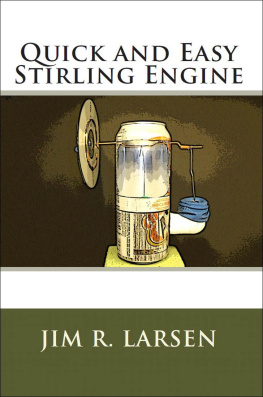




 Effects of various propeller speeds on glide performance
Effects of various propeller speeds on glide performance